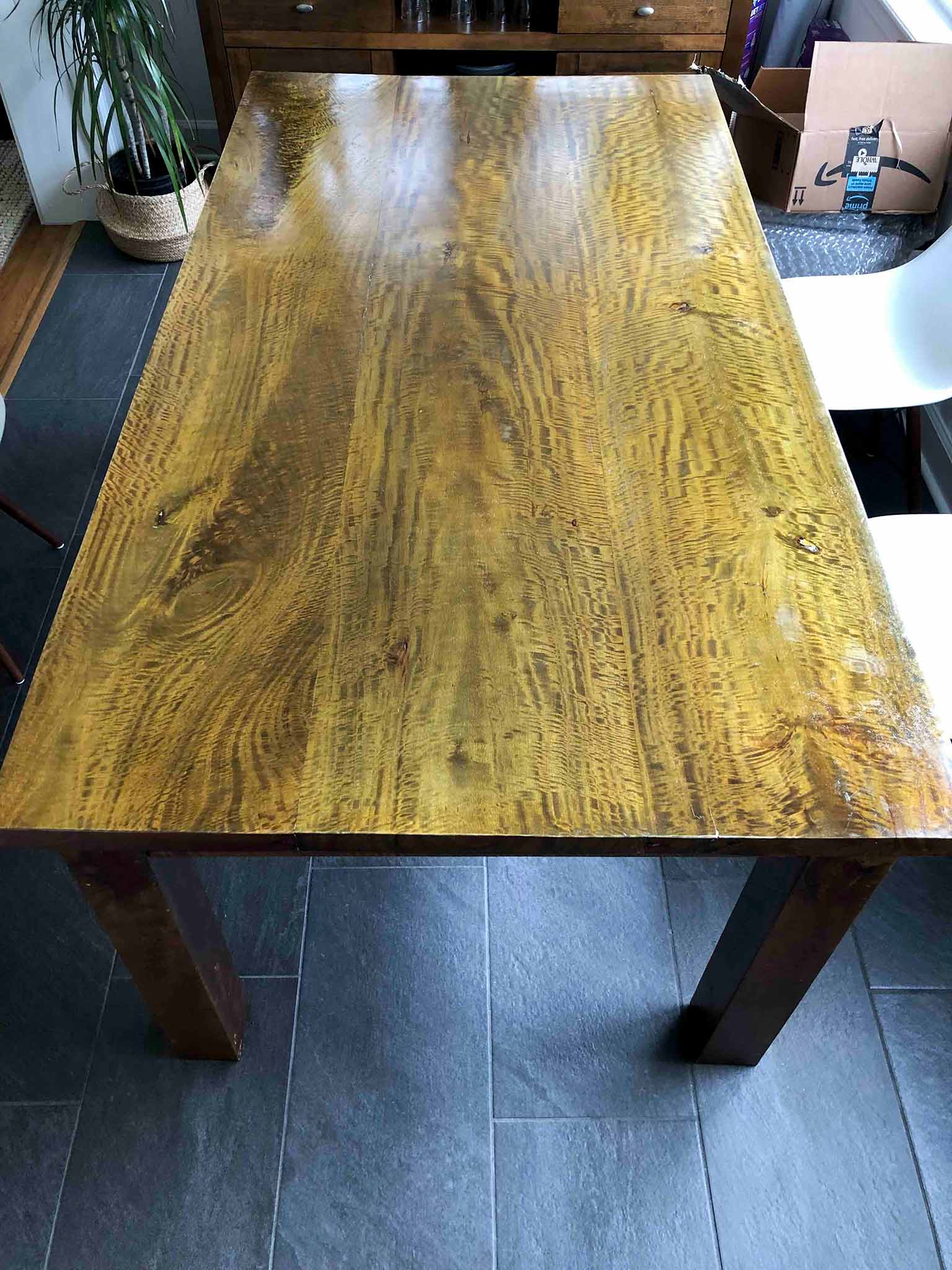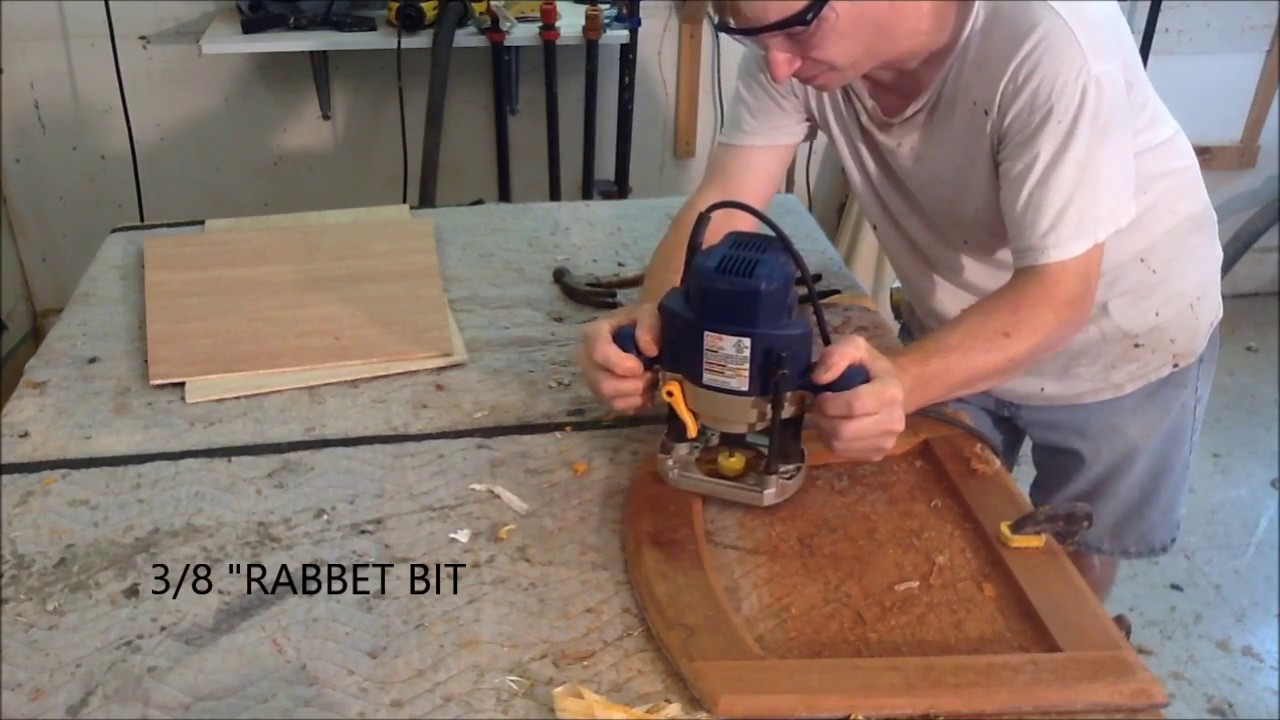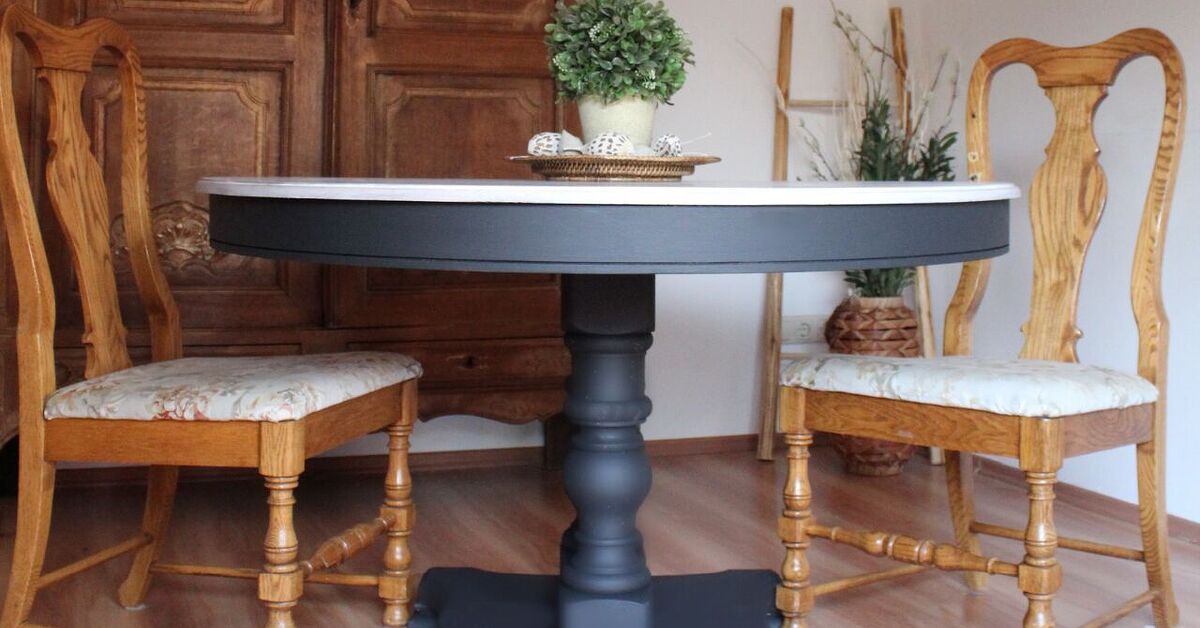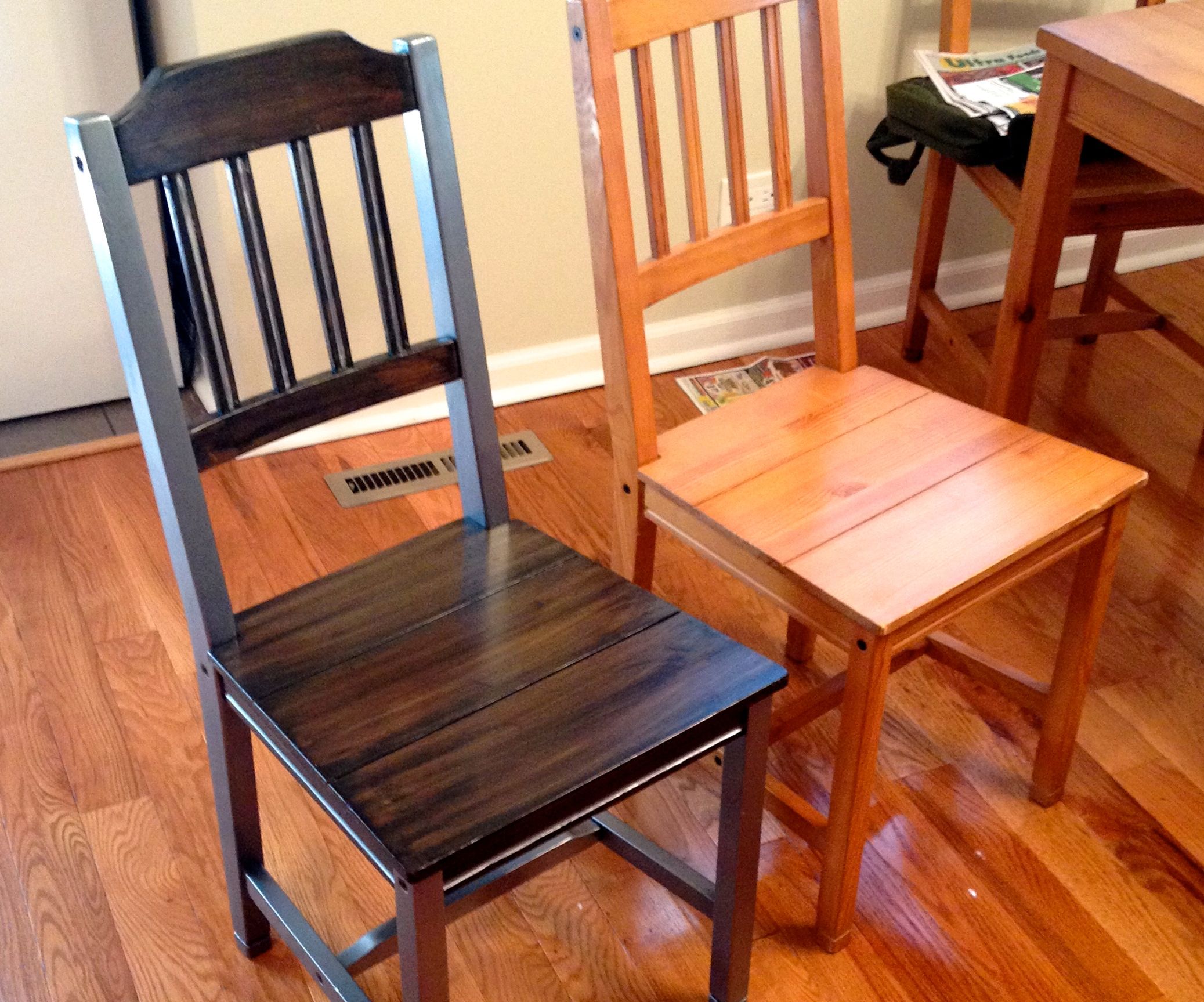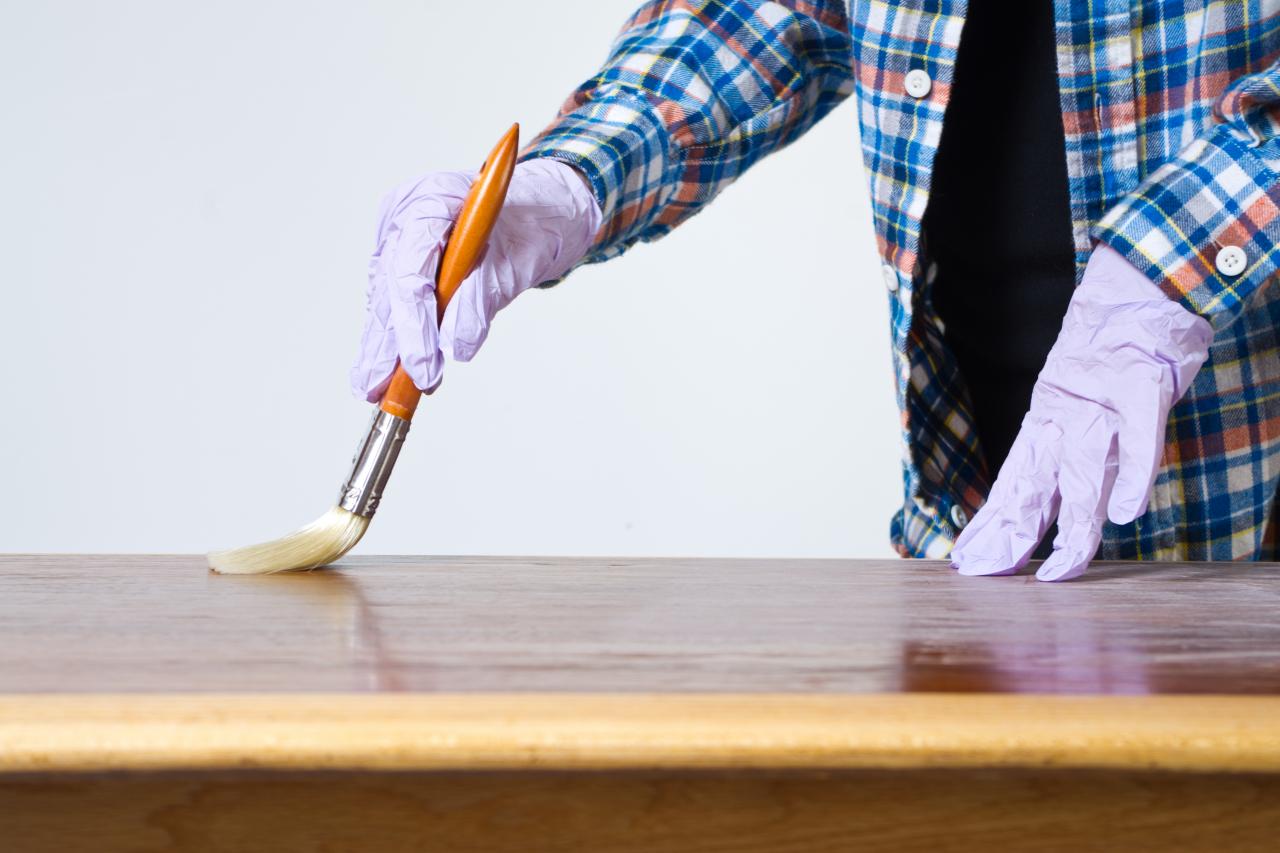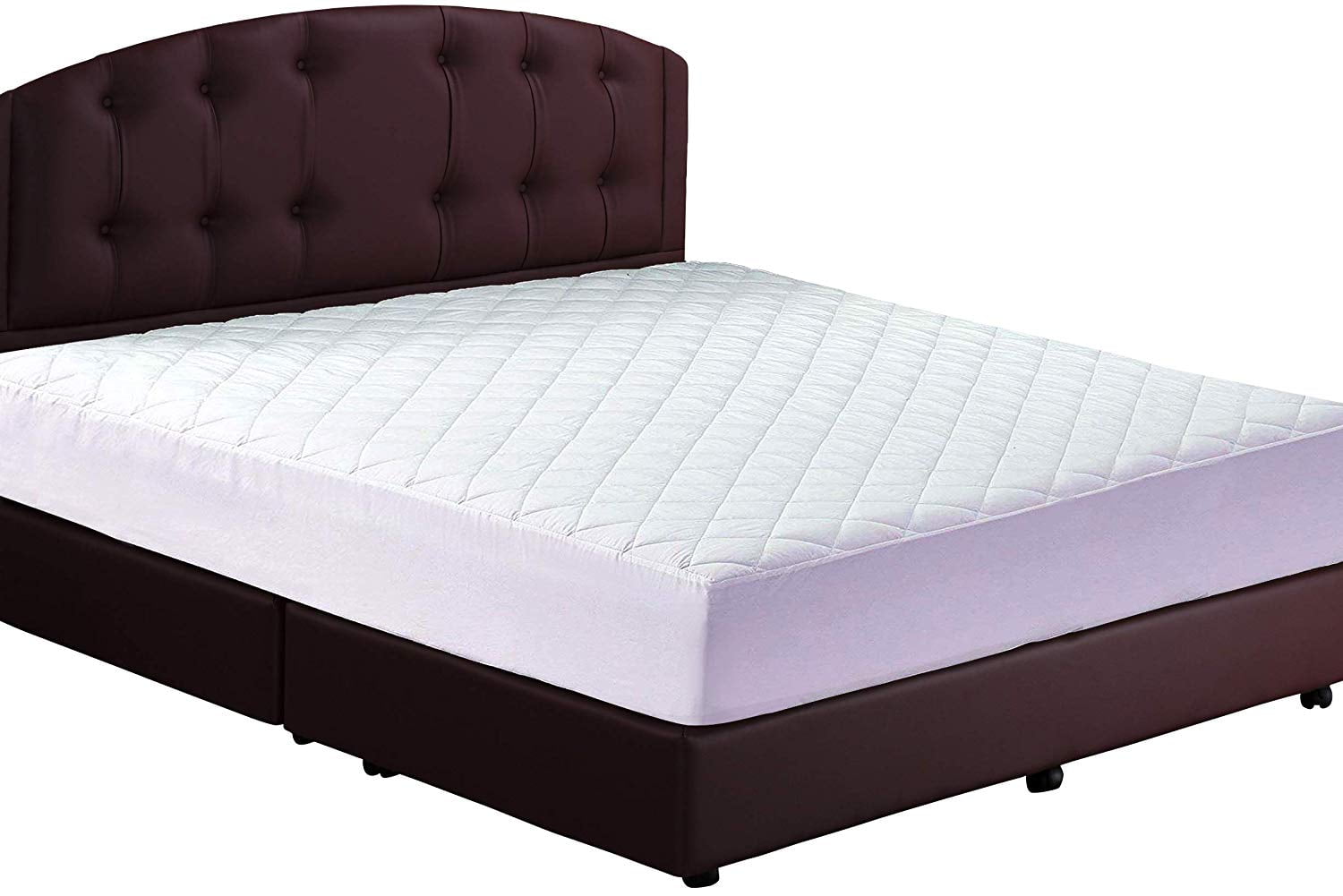If your dining room table is starting to sag, it can be both frustrating and potentially dangerous. Not only can a sagging table make it difficult to enjoy meals, but it can also cause dishes and glasses to slide and potentially break. Fortunately, there are several solutions for fixing a sagging dining room table, whether you choose to tackle the issue yourself or hire a professional. Here are ten ways to fix a sagging dining room table and prevent it from happening in the future.How to Fix a Sagging Dining Room Table
If you're handy and want to save some money, there are several DIY solutions for fixing a sagging dining room table. One easy fix is to flip the table over and tighten any loose screws or bolts. You can also try adding extra support by attaching L-shaped brackets to the underside of the table where the legs meet the top. Additionally, you can try reinforcing the legs with wood glue and clamps for added stability.DIY Solutions for a Sagging Dining Room Table
Before you start trying to fix your sagging dining room table, it's important to understand the common causes of this issue. Over time, the legs of a table can become weakened and lose their ability to support the weight of the tabletop. This can be due to regular wear and tear, subpar construction, or a heavy load placed on the table for an extended period. Understanding the cause of the sagging can help you determine the best solution for fixing it.Common Causes of a Sagging Dining Room Table
If you're not comfortable trying to fix your sagging dining room table yourself, there are professional repair options available to you. You can hire a furniture repair specialist who can reinforce the legs and add additional support to the table. This option may be more expensive, but it can ensure that your table is properly fixed and can last for many more years to come.Professional Repair Options for a Sagging Dining Room Table
The best way to fix a sagging dining room table is to prevent it from happening in the first place. One way to do this is to avoid placing heavy objects on the table for extended periods. You can also make sure to use tablecloths or placemats to protect the surface of the table from scratches and damage. Another preventative measure is to regularly check and tighten any loose screws or bolts on the table.Preventing a Sagging Dining Room Table
If your dining room table is still sagging after trying other methods, you may need to use braces to strengthen the legs and provide additional support. One option is to use metal corner braces, which can be screwed onto the underside of the table where the legs meet the top. Another option is to use wooden braces, which can be attached in the same manner for added stability.Strengthening a Sagging Dining Room Table with Braces
If the legs of your dining room table are damaged beyond repair, you may need to replace them entirely. This is a more advanced fix that may require some carpentry skills. However, by replacing the damaged legs with new, sturdy ones, you can help prevent future sagging and ensure that your table can support the weight of heavy meals and gatherings.Replacing Damaged Legs on a Sagging Dining Room Table
Another DIY solution for fixing a sagging dining room table is to use shims to level it out. Shims are small, wedge-shaped pieces of wood or plastic that can be placed under the legs of the table to even out any unevenness. This can help to stabilize the table and prevent it from sagging in the future.Using Shims to Fix a Sagging Dining Room Table
If your table has adjustable levelers, you can try using them to fix a sagging dining room table. Simply adjust the levelers to make sure that all of the legs are touching the ground evenly. This can help to distribute the weight of the table more evenly and prevent sagging.Adjusting the Levelers on a Sagging Dining Room Table
Finally, if your dining room table is starting to sag, it may be a good opportunity to refinish it for added support. You can sand down the table and add a new layer of varnish or paint, which can help to strengthen the wood and prevent future sagging. This is also a great way to give your table a fresh new look. In conclusion, a sagging dining room table can be a frustrating and potentially dangerous issue. However, by understanding the common causes and utilizing these ten solutions, you can fix your table and prevent it from sagging in the future. Whether you choose to tackle the issue yourself or hire a professional, your dining room table will be back in top shape and ready for many more meals and gatherings with friends and family.Refinishing a Sagging Dining Room Table for Added Support
Why a Sagging Dining Room Table Can Ruin Your House Design

If you've ever had the unpleasant experience of sitting down at a dining room table that is uneven and wobbly, you know how frustrating it can be. Not only does it make dining uncomfortable, but it can also have a negative impact on the overall design of your house. A sagging dining room table not only looks unappealing, but it can also create safety hazards for you and your family.
The Impact of a Sagging Dining Room Table on House Design
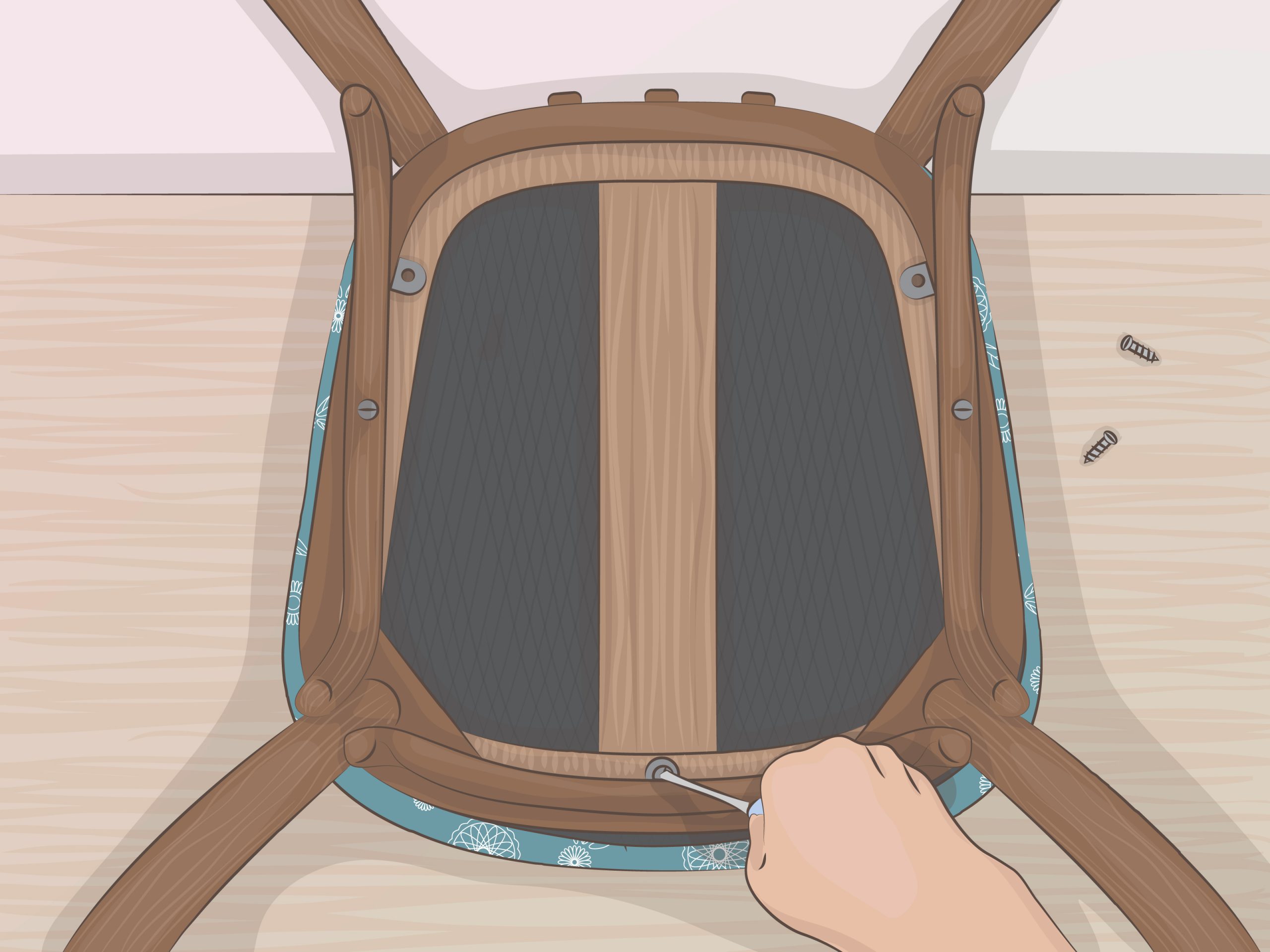
While it may seem like a small and insignificant issue, a sagging dining room table can actually have a big impact on the design of your house. A dining room is often a focal point in a home, where family and friends gather to share meals and create memories. A wobbly and uneven table can disrupt the flow and ambiance of the room, making it less inviting and functional. It can also throw off the balance and symmetry of the space, making it appear cluttered and unorganized.
Furthermore, a sagging dining room table can affect the overall aesthetic of your house. It can make the entire space appear outdated and neglected, even if the rest of the house is well-designed. It can also be a red flag for potential buyers if you ever decide to sell your house in the future. A wobbly table may signal to them that there could be other hidden issues with the house.
The Importance of Addressing a Sagging Dining Room Table

Besides the negative impact on the design of your house, a sagging dining room table can also pose safety risks. If the table is not properly supported, it can collapse and cause injuries to anyone sitting at it. This is especially dangerous if you have small children or elderly family members who may have difficulty balancing on an uneven surface. It's important to address this issue to ensure the safety and well-being of your family.
Related keyword: sagging dining room table
Furthermore, fixing a sagging dining room table can also improve the functionality of the space. With a stable and even table, you and your family can enjoy meals comfortably without having to worry about spills or dishes sliding off the table. It can also enhance the overall design of the room, creating a more inviting and harmonious atmosphere.
How to Fix a Sagging Dining Room Table

Featured keyword: fix a sagging dining room table
Fixing a sagging dining room table may sound like a daunting task, but it can be easily remedied with a few simple steps. The first step is to identify the cause of the sagging. It could be due to loose screws, worn out joints, or damaged legs. Once you have identified the issue, you can then take the necessary steps to fix it. This may involve tightening screws, replacing worn out parts, or adding additional support to the table.
In some cases, it may be more cost-effective to replace the table altogether. There are many stylish and sturdy options available on the market that can complement your house design and provide a stable dining surface for your family.
In Conclusion

Don't let a sagging dining room table ruin the design of your house. Addressing this issue not only improves the functionality and safety of your dining space, but it also enhances the overall aesthetic of your home. With a stable and stylish dining table, you can create a welcoming and enjoyable atmosphere for you and your loved ones to share meals and make memories.




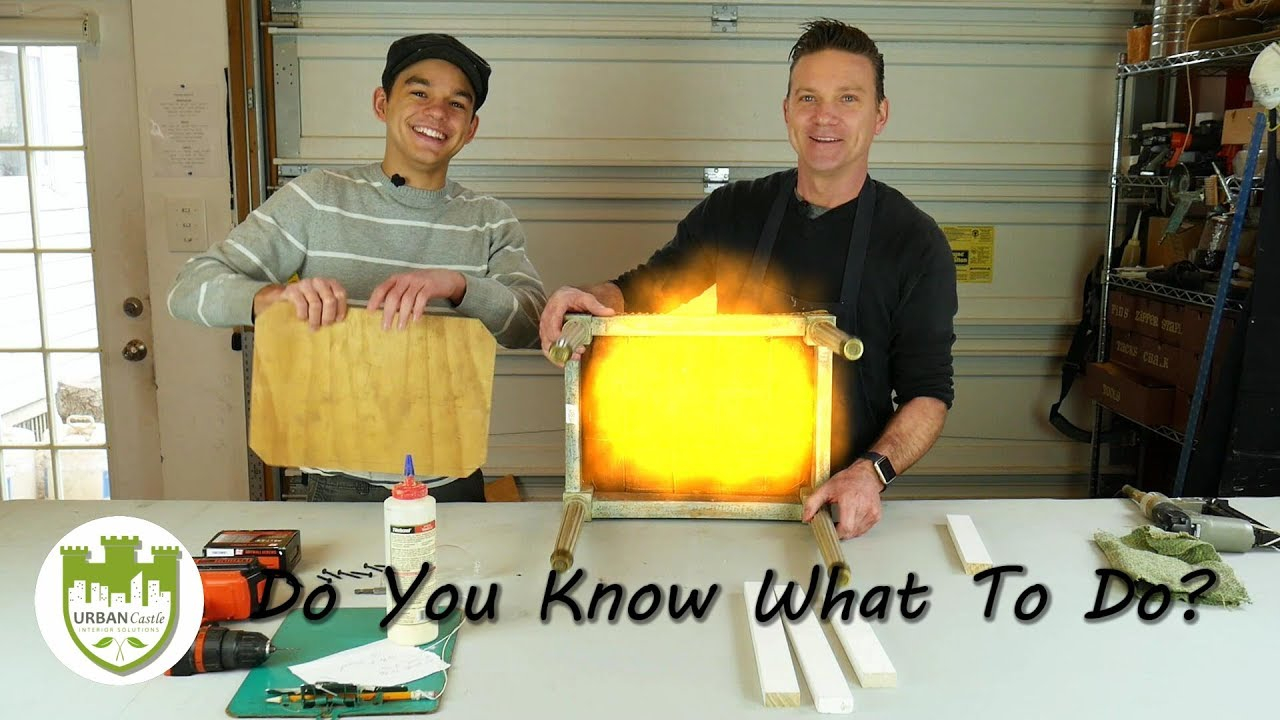
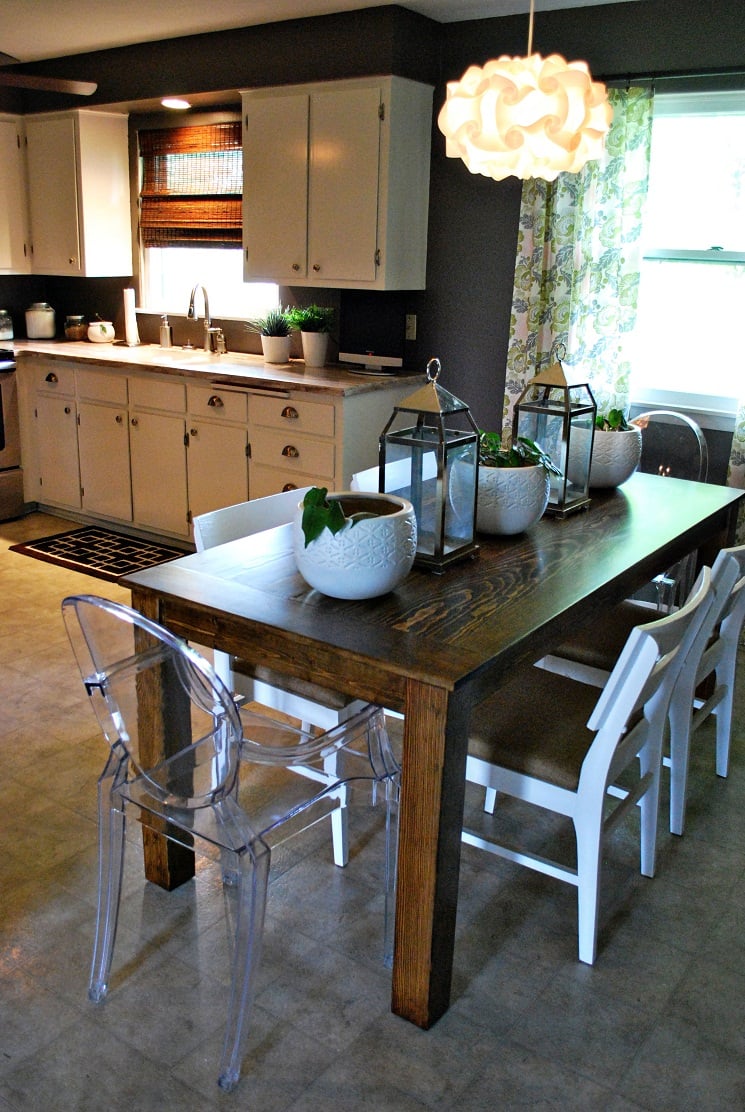


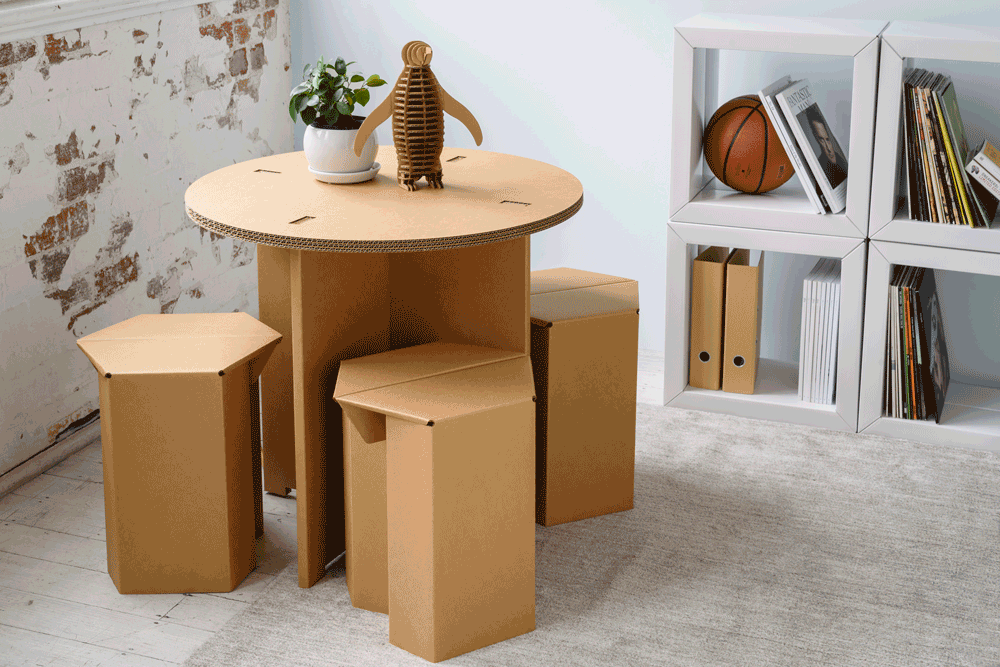

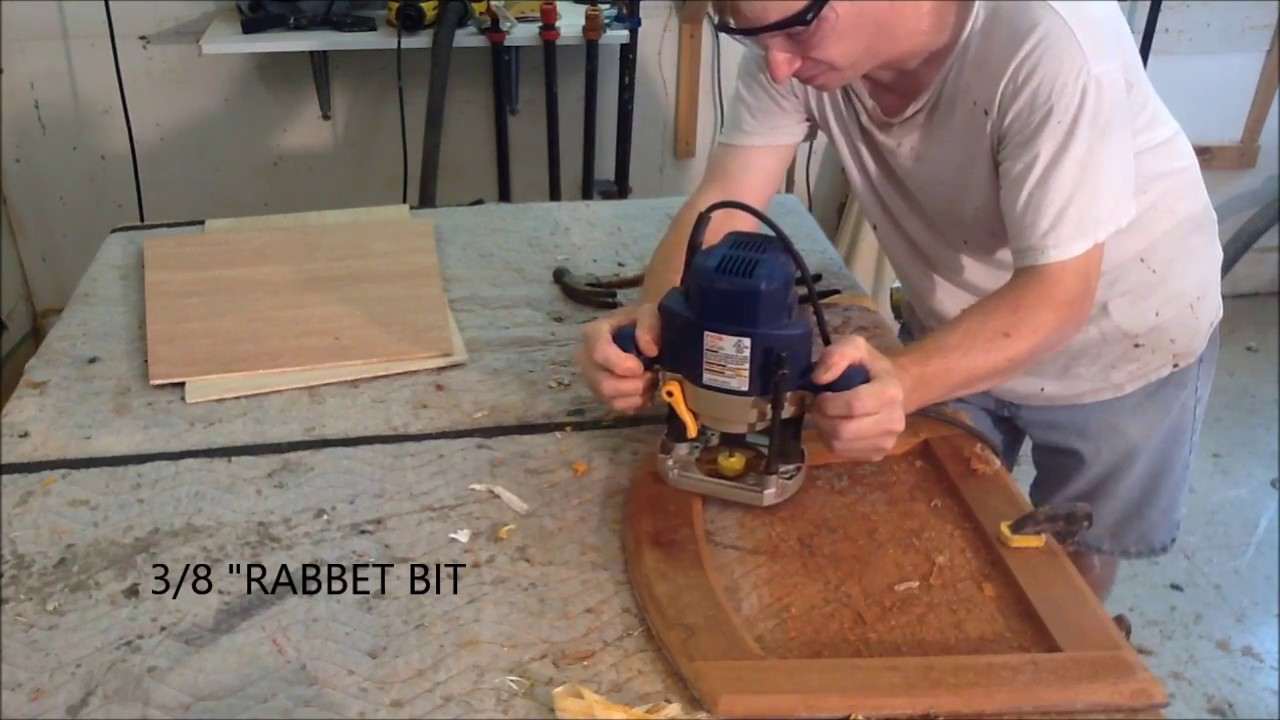











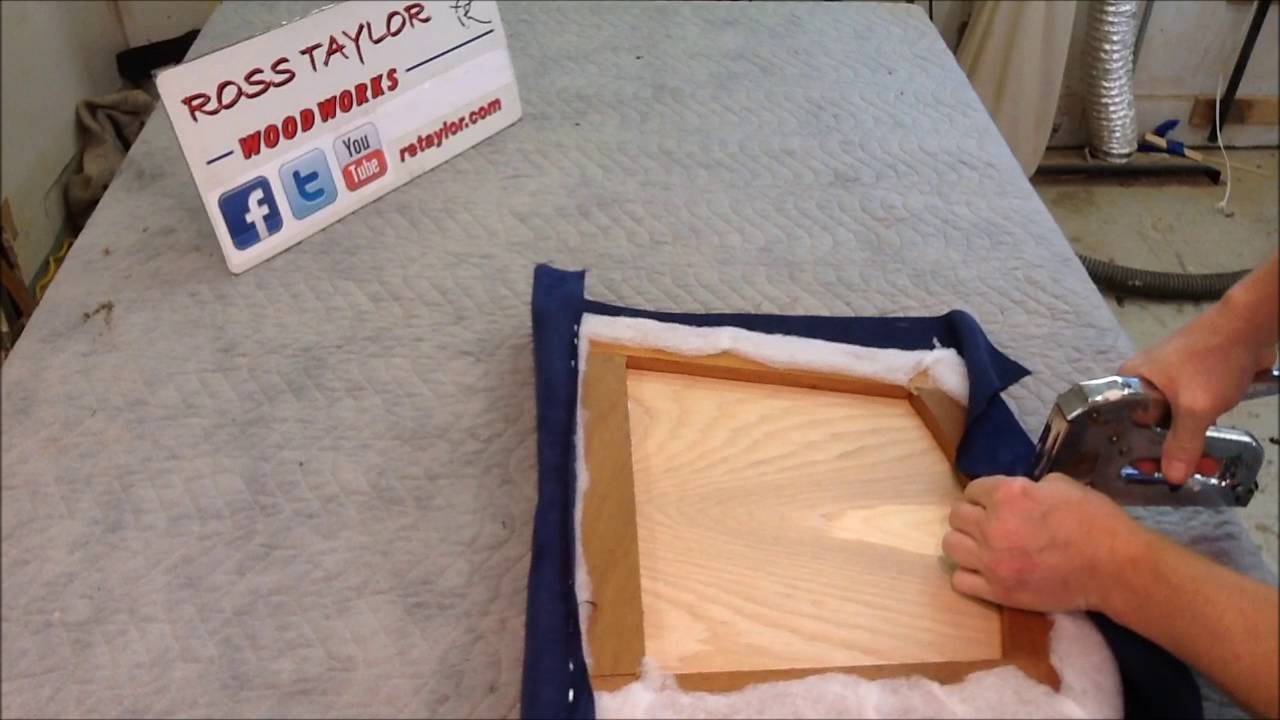









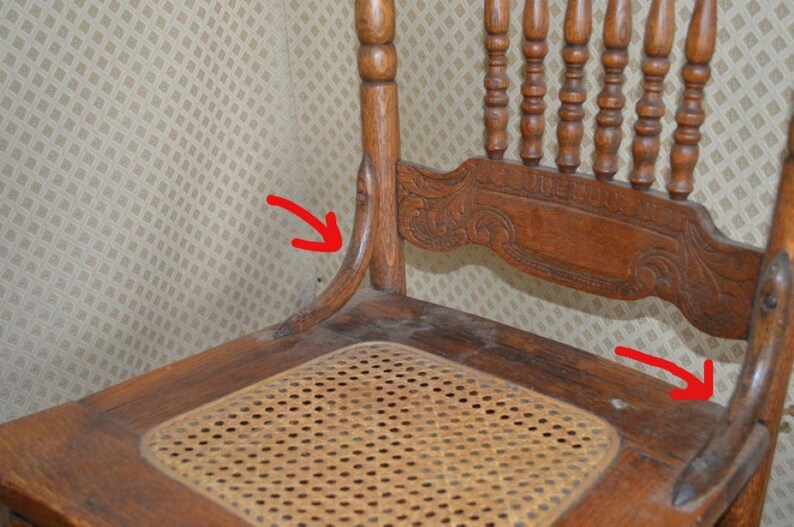










:max_bytes(150000):strip_icc()/hot-to-hang-a-chandelier-1976284-GIF-V4-f1d9285bc97d4dbab70cdbfacf3caf01.gif)


